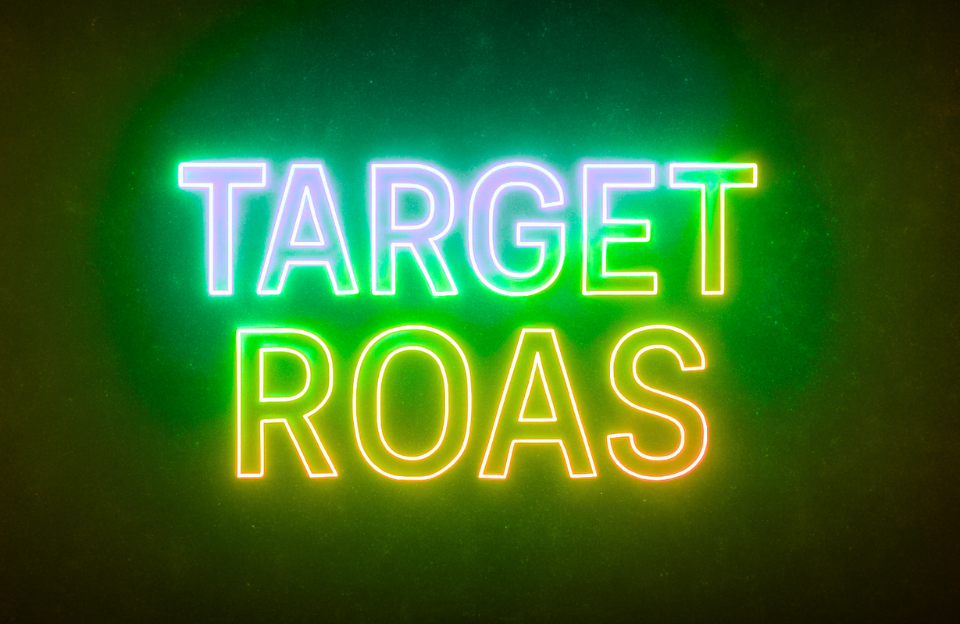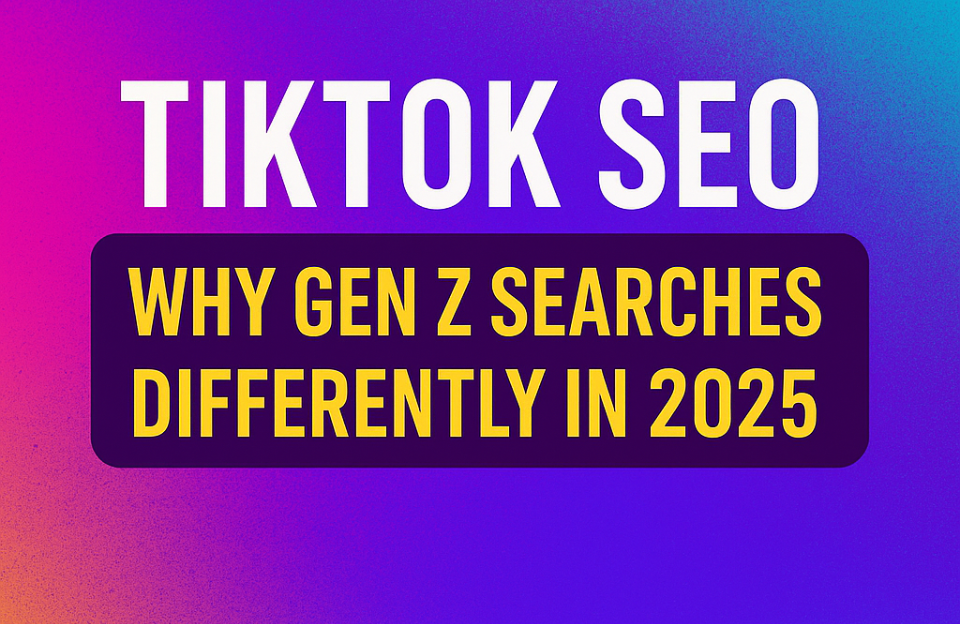Target ROAS (Return on Ad Spend) is a powerful smart bidding strategy within Google Ads that helps advertisers focus on maximizing revenue instead of just conversions. In this guide, we’ll explain how Target ROAS works, when to use it, and how to apply it effectively to get the most value from your campaigns.
What is Target ROAS?
Target ROAS is a bidding strategy where you set a specific return on ad spend you want to achieve. For example, if you want to earn €500 in revenue for every €100 you spend, your Target ROAS is 500%. Google Ads will then automatically adjust your bids during auctions to try to achieve that return.
Unlike Target CPA, which focuses on cost per conversion, Target ROAS aims to maximize the value of those conversions in relation to your ad spend.
How does Target ROAS work?
Target ROAS uses historical data, machine learning, and real-time auction signals to adjust bids per auction. These signals include:
- Device
- Location
- Time of day
- Audience behavior
- Type of product or service
- Conversion value history
The algorithm increases bids for users more likely to convert with high value and reduces bids for less profitable traffic. It constantly analyzes patterns to help you achieve your desired ROAS over time.
When should you use Target ROAS?
Target ROAS is ideal if:
- You sell products or services with varying prices or values
- Your goal is to maximize revenue or return, not just conversion volume
- You have sufficient conversion tracking and value reporting in place
- Your campaign has at least 15 conversions with value data in the past 30 days (30+ is recommended for stable results)
It’s often used in e-commerce campaigns where product value plays a critical role in profitability.
Target ROAS vs. Target CPA: What’s the difference?
Both are automated bidding strategies in Google Ads, but they optimize for different outcomes:
- Target CPA (Cost per Acquisition): Aims to get as many conversions as possible at a specific cost per conversion. Ideal when each conversion is worth roughly the same value (e.g., lead forms).
- Target ROAS (Return on Ad Spend): Focuses on maximizing the total conversion value compared to ad spend. Best for businesses with varying product prices, such as e-commerce.
In short: Target CPA optimizes for volume, while Target ROAS optimizes for revenue.
Pros and cons of Target ROAS
Pros:
- Focuses on profitability instead of just volume
- Dynamically adjusts bids based on conversion value
- Ideal for revenue-driven campaigns
- Reduces manual bid optimization work
Cons:
- Requires accurate conversion value tracking
- Needs historical data to perform well
- Can underperform if conversion volume is too low
- Results may fluctuate, especially during learning phase
Practical example: Target ROAS in an online store
Imagine you own an online electronics store. You want to achieve a return of 600% on your ad spend — meaning for every €100 you spend, you want €600 in revenue.
Week 1: Initial setup and learning phase
You set a Target ROAS of 600% and launch the campaign with a €1,000 weekly budget. Google starts collecting data and adjusting bids. Performance may fluctuate: some days show 450% ROAS, others 700%. This is normal during the learning phase.
Week 2: Optimization begins
The algorithm identifies which devices, times, and audiences bring high-value sales. It increases bids for premium product searches and lowers them for low-margin items.
You notice:
- Ads for high-ticket items like laptops receive more impressions
- Traffic from returning visitors gets higher bids due to higher purchase likelihood
- Bids drop for products with low conversion value
Week 3: Adjusting for growth
You improve product pages and streamline checkout. Conversion rate and order values increase. Google detects this and bids more confidently.
You adjust your Target ROAS to 550% to scale traffic slightly while maintaining profitability. Revenue increases by 20%, while ROAS stays near your goal.
Week 4: Scaling
You increase your budget to €1,500 and break out campaigns by product category. High-performing categories get higher budget allocation. Google optimizes each segment separately for better ROAS.
By this stage, your campaigns are delivering consistent returns, and you have room to fine-tune per product or audience.
How to set up Target ROAS in Google Ads
- Log in to your Google Ads account
- Go to the campaign you want to edit
- Click on “Settings” > “Bidding”
- Select “Target ROAS”
- Enter your desired ROAS (as a percentage)
- Save and monitor performance over time
Tips for success with Target ROAS
- Use realistic ROAS targets based on past performance
- Make sure all products have proper conversion value tracking
- Segment campaigns by product type or value level
- Allow time for the learning phase to complete
- Optimize product pages to improve average order value
Conclusion
Target ROAS is a valuable strategy for advertisers who want to go beyond volume and focus on maximizing profitability. With the right setup and enough data, it can transform how you scale campaigns while protecting your margins. By letting Google bid more on high-value traffic, you turn your ads into smarter revenue drivers.




